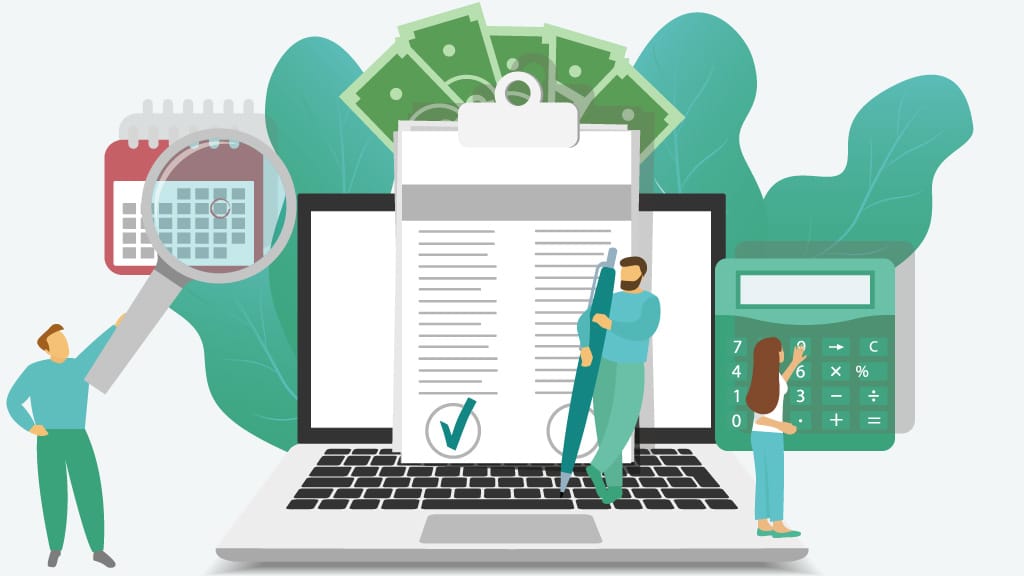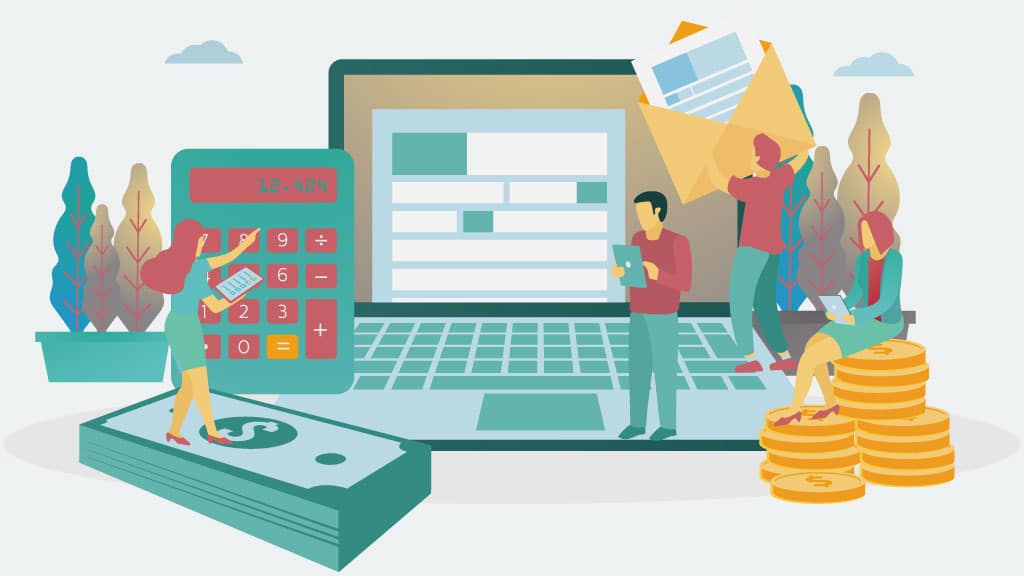Reading time: 3 minutes
You should plan for a smaller SR&ED claim if you’re utilizing many of the government COVID-19 support programs. Since COVID-19 plagued the economy, the Canadian government has stepped in to help businesses cope with the economic impacts of the pandemic. Programs such as the Canada Emergency Wage Subsidy (CEWS), IRAP, Regional Relief and Recovery Fund, 10% wage subsidy and BDC Capital Bridge Financing are great for companies looking for financial support.
If you file for SR&ED and are eligible for any of the government COVID-19 emergency programs, it is likely your SR&ED claim will be reduced for the period you are filing that includes the period of these subsidies. Government assistance is defined in the Income Tax Act as assistance from a government, municipality, or other public authority whether as a grant, subsidy, forgivable loan, tax deduction, investment allowance, or any other form of assistance other than the federal investment tax credit (ITC). Under the tax act, companies cannot get reimbursed twice for the same costs incurred. The Department of Finance has highlighted that assistance received under any support programs reduces the eligible expense base which primarily consists of salaries for SR&ED claims, for federal tax credits calculated on the same remuneration. This means that the SR&ED salary and wages expenditures and the associated investment tax credits (ITC) are impacted by these programs.
Emergency assistance will only reduce SR&ED claims to the extent that a specific employee’s salary or wages are claimed as SR&ED expenditures.
For example, looking only at the Federal portion of SR&ED for simplicity, if an employee who was 100% SR&ED-eligible had a salary of $1,500 a week during the subsidy period, one would add the proxy of 55% for a total $2,325 less $847 of CEWS government assistance. In this case, the company could only claim expenditures of $1,478 towards their SR&ED compared to the normal $2,325. If, for example, the CEWS was claimed for all 12 weeks the maximum amount the eligible expense base can be reduced by per employee is $10,164. This, multiplied by the number of employees, could have a material impact on a SR&ED claim. As you don’t want to miss out on any incentives, it is important to have professional assistance from your SR&ED consultant or accountant.
To make it easier for you to estimate the effect of these programs on your SR&ED, we have launched a new calculator that determines the reduction in your claim by answering a few questions.
[su_button url=”https://venbridge.com/growth-capital/sred-financing/sred-covid-19-government-assistance-calculator/” target=”blank” background=”#60C6C0″ size=”5″ wide=”yes” center=”yes” radius=”20″]ESTIMATE THE CHANGE IN YOUR SR&ED CLAIM DUE TO GOVERNMENT COVID-19 SUPPORT[/su_button]
The reduction to the qualified SR&ED expenditures is based on the relative percentage of time spent on SR&ED-related activities versus non-SR&ED-related activities. Let’s look at how this works in practice.
For CEWS, SR&ED claims will be reduced by approximately 8% and 3% for the temporary wage subsidy. This assumes the employee works for the full year, qualifies for the full three months for the CEWS or wage subsidy and their SR&ED eligible activities are the same month-over-month. This is a relatively small reduction compared to the significant benefits emergency programs provide Canadian companies.
The CRA is taking the most reasonable and fair approach to taxpayers. It will be a challenge for the CRA to determine if the claim is being prepared properly unless the T661 (tax form with the SR&ED claim) is altered to detail the number of employees who qualify for the government assistance. Alternatively, the CRA could find a mechanism to approximate the effect on SR&ED claims if the portal for applying for CEWS (and all other programs) delineates between employees that are claimed on the T661 vs. other employees.
With the CRA accelerating SR&ED processing and all these government support programs aimed at helping Canadian businesses, founders have a better chance of weathering the storm and getting their startups through the disruption COVID-19 has caused.




